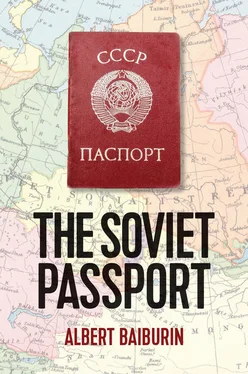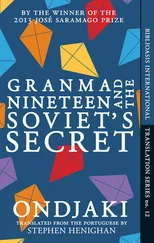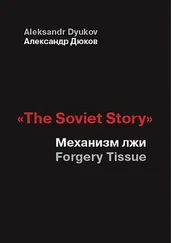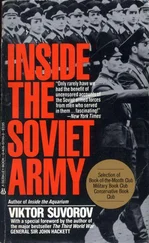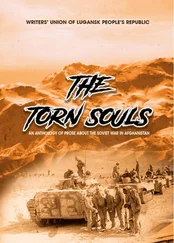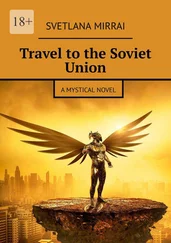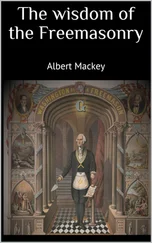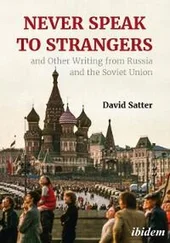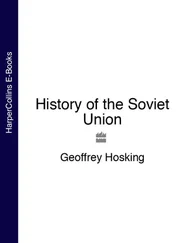Finally, in the third part I look at the role that citizens themselves played in forming the passport rules. Using reminiscences, interviews and witness testimonies, I examine a number of ways in which the passport rules (the official methods for identification) were mastered, used and transformed into what they eventually became. To do this I looked at the unofficial norms and rules that were linked to the passport, its use in a variety of situations and the reinterpretation of its functions ( Legal System-2 ).
It should be said that this book gives only the most general picture of the Soviet passport system; indeed, not even a picture but merely a few sketches of it. A great deal is missing that would be needed for a complete description of the subject. Virtually no attention is paid to how passports were issued on the ground, notably in the so-called ethnic outposts. Different periods of the history of the Soviet passport are examined in varying levels of detail. The ways in which the passport was used are much more varied than I have described here. In reality, this book is no more than an outline of the subject of ‘the Soviet passport’.
In my research I have used both published and unpublished sources. Among the former are legal acts and documents which appear in the Complete Collection of Laws of the Russian Empire ; Collected Statutes of the Russian Soviet Federated Socialist Republic (RSFSR) ; Collected Laws of the USSR ; Bulletins of the People’s Commissariat for Internal Affairs [USSR NKVD – the name of the Soviet secret police from 1934 to 1946, later to be called the KGB – Tr.]; collections of documents on the history of the Main Directorate of Labour Camps [GULAG – the system of Soviet labour camps, which was hugely expanded under Stalin – Tr.]; Soviet militia (police) reports; and reports from the higher bodies of the Communist Party and state apparatus. I used also Soviet publications from the 1930s to the 1990s (among others the newspapers Pravda, Izvestiya, Trud and Smena ) as well as memoirs relating to various periods of Soviet history. In order to examine ‘the passport myth’, I needed also to look at fictional examples where necessary. Sections which deal with the history of the Soviet passport system and the completion of passport details are based principally on archive materials (mostly from the State Archive of the Russian Federation (GARF) and the Russian State Archive of Socio-Political History (RGASPI)), taking into account published sources and research on Soviet history.
In order to examine how the passport was used, I relied heavily on the interviews carried out between 2007 and 2011 which were conducted as part of the project National Identity in Russia from 1961: Traditions and Deterritorialisation (made possible by a grant from the Arts and Humanities Research Council (AHRC), under the leadership of Professor Catriona Kelly). These interviews, it should be noted, cannot be regarded as wholly reliable or accurate witness statements, even though they were recorded with people who had life experience of the Soviet passport. They are better described as reminiscences and, as with all reminiscences, they inevitably alter the past (for information about the interviews, see the Appendix).
1 1. Mikhail Bulgakov, The Master and Margarita, p. 306.
2 2. Rogers Brubaker and Frederick Cooper, ‘Beyond “identity”’.
3 3. There is a huge body of research available about the passports of various countries. Many of these works will be referred to in the appropriate sections of this book. Here I should like to indicate just a few authors, whose works appear in the Bibliography: John Torpey, Martin Lloyd, Mark B. Salter, Craig Robertson, Philip Frankel, Leo Lucassen and Yelena Breus.
4 4. This situation still pertains to the modern Russian passport. In fact, the areas in which the passport is used have grown significantly in the post-Soviet period. It is now compulsory to produce the passport not just when purchasing air tickets but even for train journeys, too. It has to be shown for all bank transactions, and so on. Not surprisingly, those who remember life in Soviet times now think that, ‘in the old days we were hardly ever asked to show our passport’.
5 5. Bol’shoi yuridichesky slovar’ (The Great Dictionary of Legal Terminology), V.N. Dodonov and others.
6 6. Amongst the reasons for the much wider understanding today of what a document is, it is worth pointing out its use in the terminology of Internet resources, whereby any text (including ‘empty’ texts) is referred to as ‘a document’, although the original meaning of the English word ‘document’ referred to something written down, in particular a paper text (hence the term ‘document case’ to refer to a briefcase).
7 7. [Yury Tynyanov was a literary theorist, critic, writer and translator in the early Soviet period – Tr.]
8 8. There are not many works available in this area, but the most significant is, Francis X. Blouin and William G. Rosenberg, Processing the Past….
9 9. On the status of the document in the digital age, see David M. Levy, Scrolling Forward…; Michael K. Buckland, What Is a “Document”?…, pp. 804–9.
10 10. Status dokumenta…, Ot redaktora, Irina Kaspe, p. 6.
11 11. No English word exists that has the same precise significance of the Russian dokumentnoye, ‘pertaining to identity documents’; accordingly, we have assigned this meaning to the obsolete word ‘documental’ (‘of or pertaining to documents’, Oxford English Dictionary).
12 12. On the ‘paper’ nature of documents, see Galina Orlova, Izobretaya dokument…, pp. 19–52.
13 13. It should be noted, however, that this has not always been the case in every bureaucracy. In France, for example, it is still usual for any address to official bodies to be handwritten.
14 14. S.I. Gindin, Vnutrennyaya organizatsiya teksta…, pp. 3–15.
15 15. On the attitude to the written word in peasant culture, see Albert Baiburin, Zametki k teme…, pp. 106–9.
16 16. Galina Orlova, Izobretaya dokument…, p. 37.
17 17. It is also probably worth taking into consideration that texts that develop the idea of the ‘independence’ of the document work only against the background of the mass of identity written into them and precede them as evidence. I am grateful to Georgi Levinton for bringing this to my attention.
18 18. Another institution that claims to be the protector of the truth is science, which much more recently has played its role in the documentation of culture. It is significant that in his work, The Law Factory, the French philosopher, Bruno Latour, constantly draws parallels between the law and science. See Bruno Latour, La fabrique du droit….
19 19. David M. Levy, Scrolling Forward…, p. 23.
20 20. Viktor Vakhshtein considers that documents (as opposed to texts) are ‘instruments for the production of absurdity’. See Viktor Vakhshtein, Proizvodstvo absurda v universitetye…, p. 382.
21 21. On the falsification of documents, see, for example, E. Vasilieva, Legal’niye I nelgal’niye dokumenty…, pp. 27–39; E. Vasilieva, Sotsial’niye aspekty fal’sifikatsii…, pp. 103–22.
22 22. Some interesting thoughts on this topic appear in an article published in Zhivoy Zhurnal, david_gor., ‘Ustanovleniye lichnosti’….
23 23. B.V. Drozdov, Lichnaya svoboda….
24 24. According to Lev Gudkov, in his work Trust in Russia, published in 2012, ‘in the period when sociology was becoming recognized as a discipline (1900–1920s), trust, along with other forms of social interaction … was one of the main categories used to measure the integration of social structures’; Lev Gudkov, Doveriye v Rossii….
Читать дальше
